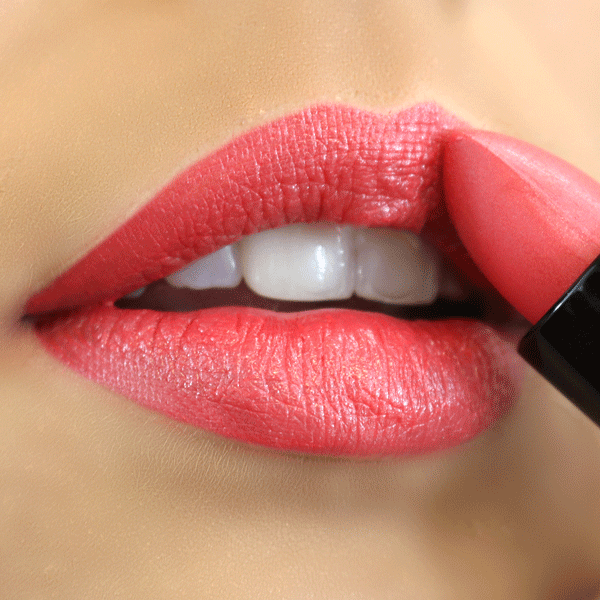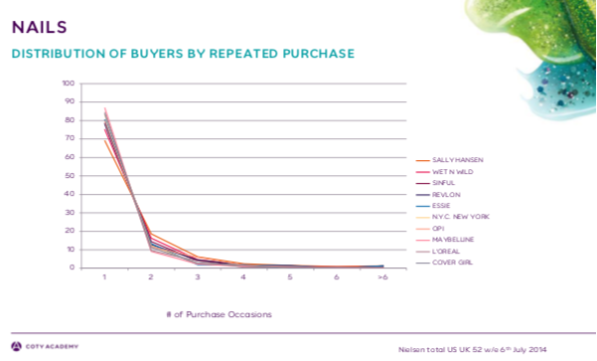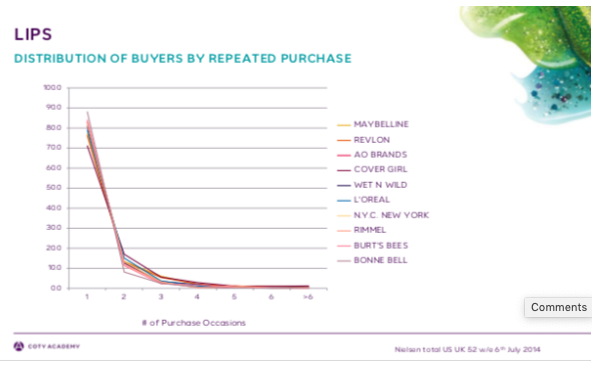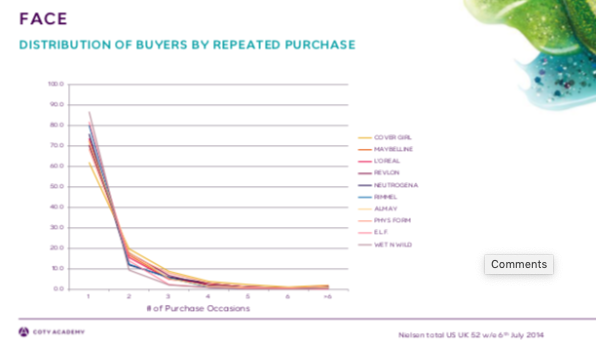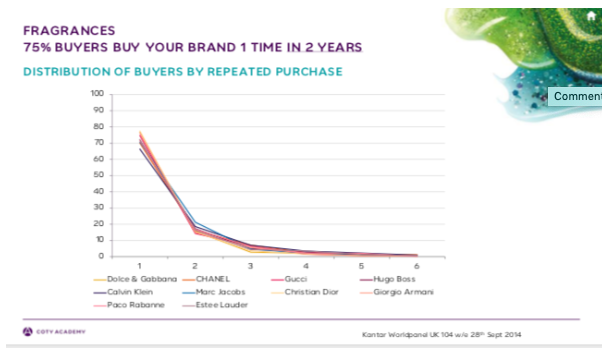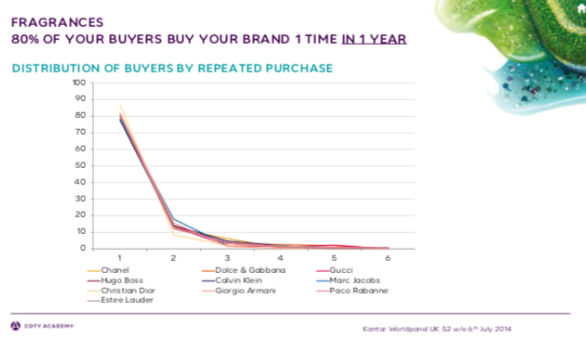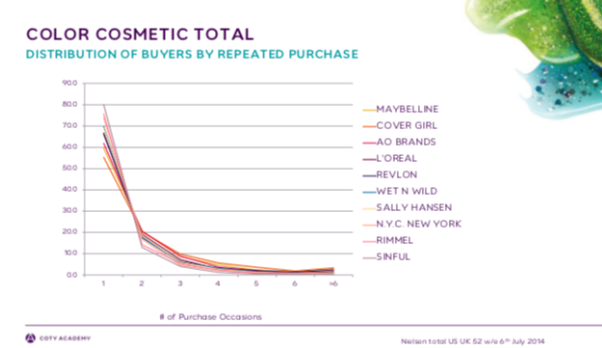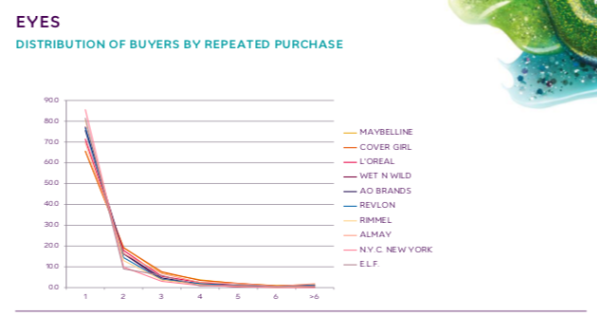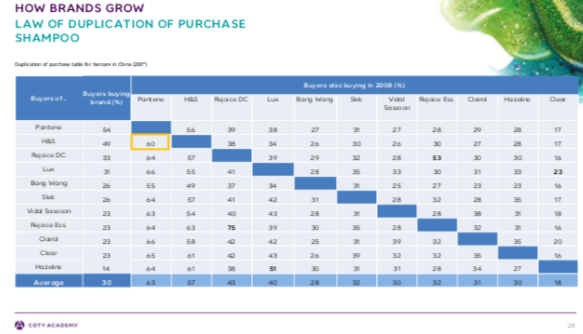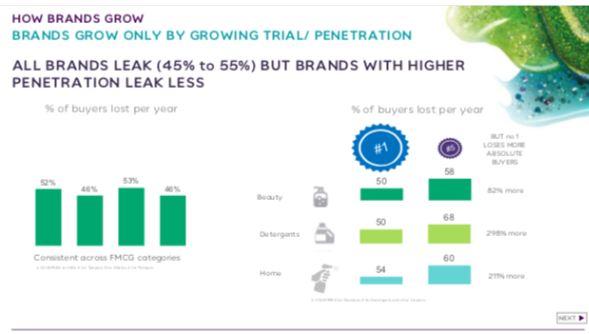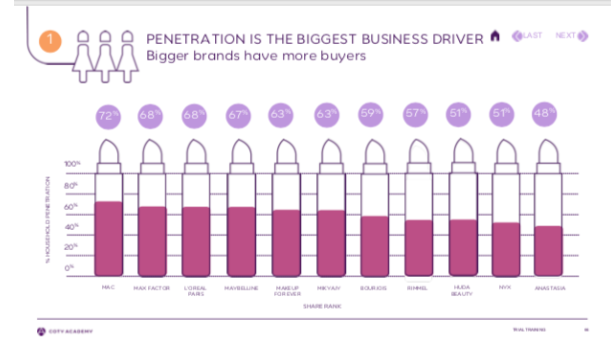How to grow your brand #2. Distinctiveness matters, not difference
Want to buy lipstick?
This is the crucial decision for beauty buyers before they enter a category.
Which brand of lipstick to buy is, relatively speaking, a trivial matter to many light buyers. That’s why category leaders have many, very similar rivals.
In truth, the difference between Cover Girl and Sally Hansen is relatively small. This small difference we call distinctiveness. It is critical.
What separates Adidas sneakers from Nike’s sneakers is distinctiveness: Nike has a swoosh, Adidas use three stripes.
A brand must stand out so that buyers can easily, without confusion, buy it. The fundamental purpose of branding is to identify the source of a product or service.
Put another way, branding makes the brand easier to find and buy.
For the asset to be truly valuable it must be prevalent – the majority of consumers must link the brand to the product. To achieve this, the brand must be consistently communicated to buyers across all media and over time. In this context brand consistency is vital. Only when there is discipline in consistency can distinctive brand assets build.
It is not necessary to be different, just distinctive
To a degree, the distinctive asset can be anything, as long as it is distinct in the market it is in. If you are the only perfume using pink, then buyers will quickly and easily identify pink as representing your brand. It is not necessary to be different, just distinctive.
Related stories
How to grow your brand #7. The importance of “sufficiency”
How to grow your brand #6. Building mental availability through “always on” communication
How to grow your brand #5. How to build mental availability through branding
How to grow your brand #4. Portfolio availability
How to grow your brand #3: mental and physical availability
How to grow your brand #2. Distinctiveness matters, not difference
How to grow your brand #1. Customer loyalty does not exist
About the author

My name is Andy Pemberton. I am an expert in data visualization. I guide global clients such as Lombard Odier, the European Commission and Cisco on the best way to use data visualization and then produce it for them: reports, infographics and motion graphics. If you need your data visualized contact me at andy@furthr.co.uk or call 07963 020 103
Posted in: Uncategorized | Leave a Comment